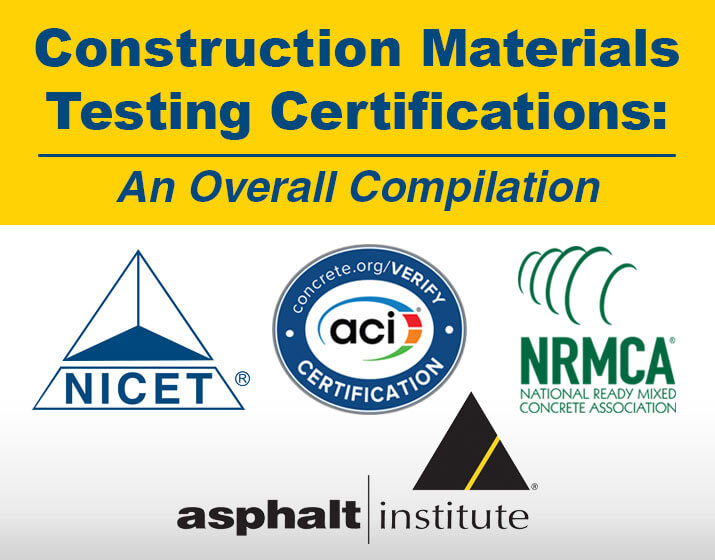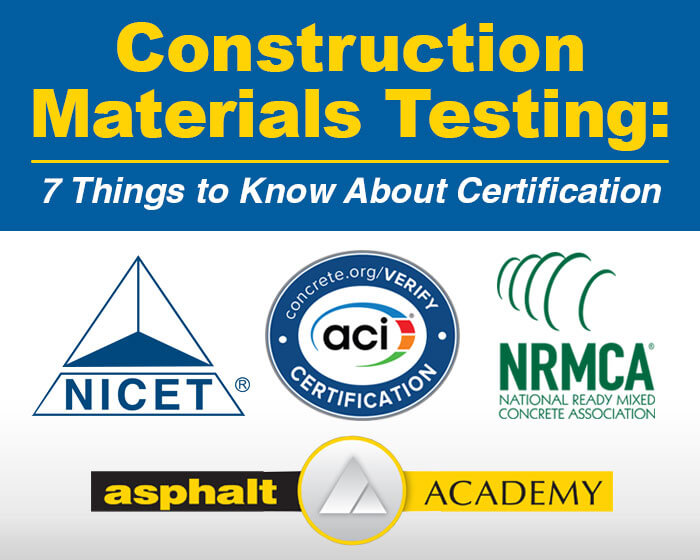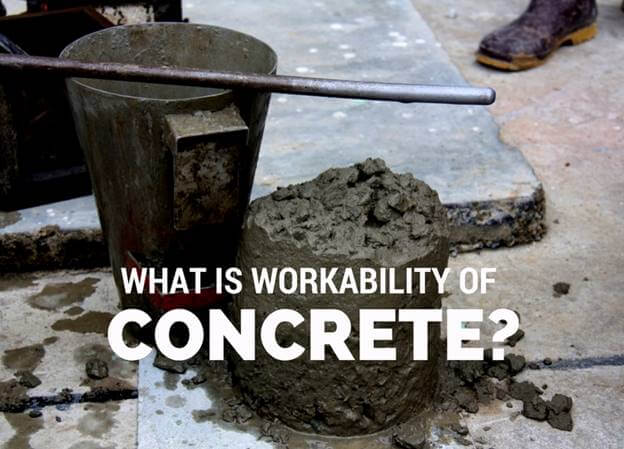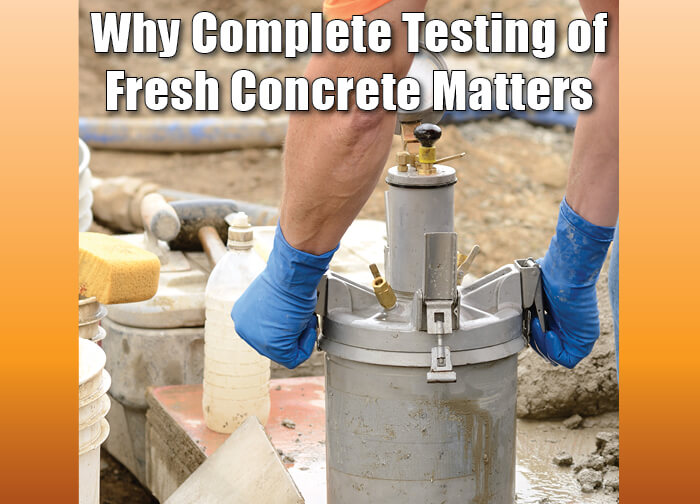Over the past several months, we have explored various materials testing technician certifications and what it takes to achieve them. This final summary blog in the series includes what’s new, schedules for 2018 programs and testing, and a downloadable PDF Resource List. As any additional information becomes available, we will update the blog series accordingly.
- Log in
- Favorites List
-
Shopping Cart
You have no items in your shopping cart.
- Gilson Chat
Blog posts tagged with 'Concrete Testing'
Have questions about your materials testing equipment? We have the answers to these questions and much more right here! Check back monthly for long-form blog posts, how-to guides and infographics. We’ll address industry insights, the operation and maintenance of specific equipment, and our product line recommendations, all designed to better serve you.
Bookmark this page, add it to your RSS reader, or subscribe to our newsletter, so you never miss a hot topic.
This is the second in Gilson’s series on preparing for construction materials testing certification of technicians working in concrete, asphalt, aggregates, and soils/geotechnical fields. This blog post provides information and resources specifically related to some of the different concrete technician designations.
An ever-increasing number of regulations, project requirements and even individual test methods require that laboratory and field personnel undergo specific training and pass certification examinations before they can perform certain tests for the record. This, and the wide array of training and certification programs available from different organizations, underscore the importance that the engineering and construction communities place on expertise, competency and accuracy in all areas of construction materials testing.
This infographic covers everything you need to know about the Super Air Meter (SAM) from what it is, the benefits, tips on how to use it, and more!
Concrete workability is used to describe how easily freshly mixed concrete can be mixed, placed, consolidated, and finished with minimal loss of homogeneity. Workability directly impacts the strength, quality, appearance, and cost of labor for placement and finishing operations. How can we measure workability? This blog post outlines everything you need to know about concrete workability, factors that can affect it, and helpful equipment and tests.
Nondestructive concrete testing determines the quality and properties of hardened concrete to assess its condition and safety. Read this blog to learn about in-place and nondestructive methods and equipment used to measure concrete strength.
The Concrete Test Hammer is a critical part of your tool kit when assessing potential problems in concrete structures, but it can also create problems if expected to perform beyond its capabilities. This blog post outlines the proper way to use this tool for establishing strength estimates and relationships by comparison.
It's important to run a complete set of tests, including air content and unit weight, on all fresh concrete batches, whatever the mix design. This is the best method to secure accurate and complete data that is very difficult to obtain later, and assures adherence to QC/QA requirements.

Comparing the differences between sulfur mortar capping and the use of neoprene pads with metal retainer rings will help you select the ideal procedure for your application.

Evaluating the differences between moisture rooms and curing tanks for concrete test specimen curing procedures will help you select the best option for your lab.
- 2025
- 2024
- 2023
- 2022
- 2021
- 2020
- 2019
- 2018
- 2017
- 2016
- 2015























